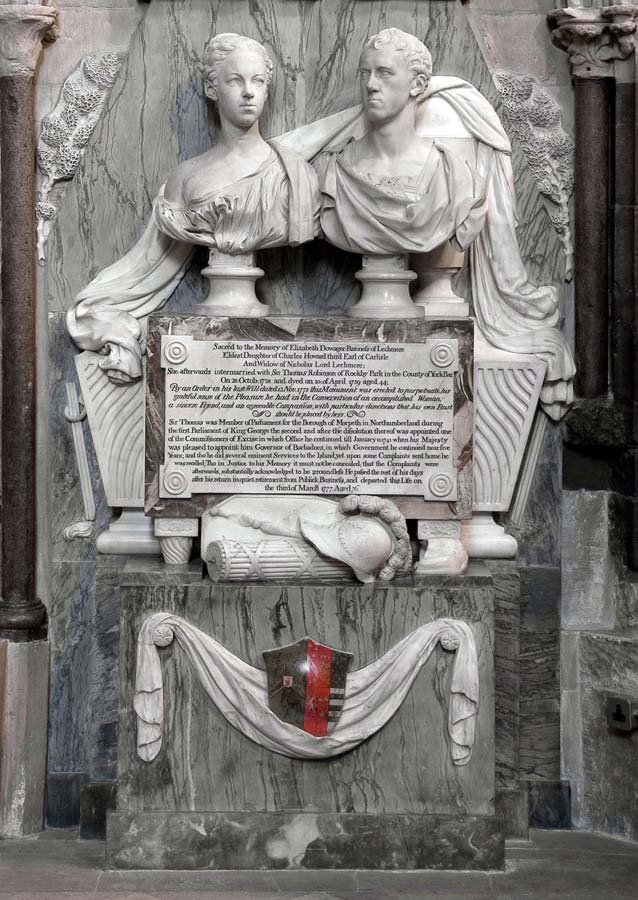Sir Richard Coxe
On the wall of the south transept in Westminster Abbey is a black and white marble memorial to Sir Richard Coxe. The Latin inscription can be translated:
To the great and good God. Here resteth in the Lord Richard Coxe of Porters, Kt. [Knight], third son of Thomas Coxe of Beymonds in the county of Hertford Esq.[Esquire] servant in the royal palace for many years and approved for his fidelity, diligence and prudence, Taster to Queen Elizabeth and King James, to the latter of which he was, at length, made Steward of the Household, a man of pure religion, social behaviour, chastity of body, temperate in his desires, loving to his friends, beneficent to the poor, charitable to all, just in his dealings. In the 69th year of his age, being unmarried, after having prepared himself for a better life by much vigilance and selfdenial, he cheerfully resigned his soul to God the 13th day of December 1623. John Coxe of Beymonds Esq. second brother and heir hath, as a testament of his love, erected this monument. God, not of the dead, but the living.
The coat of arms above the tablet shows "three bars, on a canton a lion's head erased, a mullet for difference" with a crest of a hart's head erased, pierced through the neck with an arrow.
Richard was a son of Thomas and his wife Bridget (Lansford) and was born near St Albans. He was knighted at Whitehall on 24th July 1603. In the Abbey burial book he is called 'one of His Majesty's Clerks of the Green Cloth' (a department of the Royal Household with control of expenditure and with legal authority within the Court).

This image can be purchased from Westminster Abbey Library
Image © 2024 Dean and Chapter of Westminster










